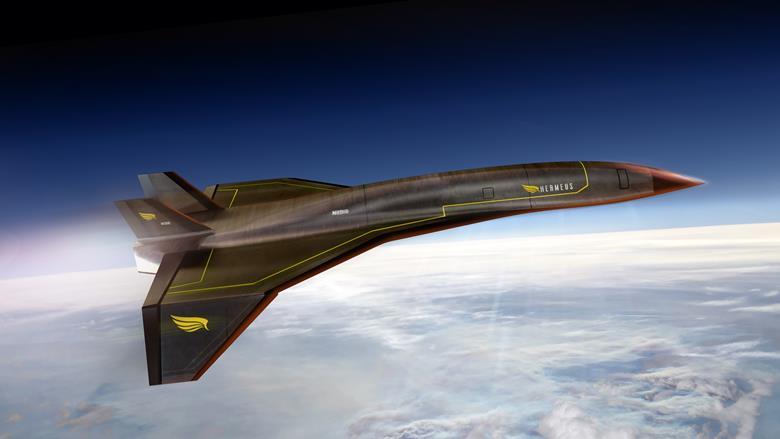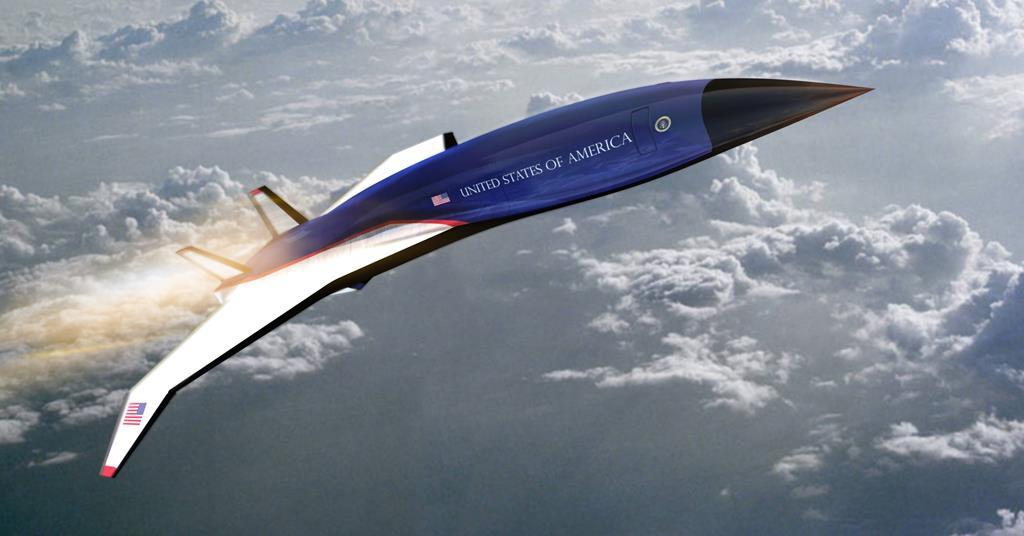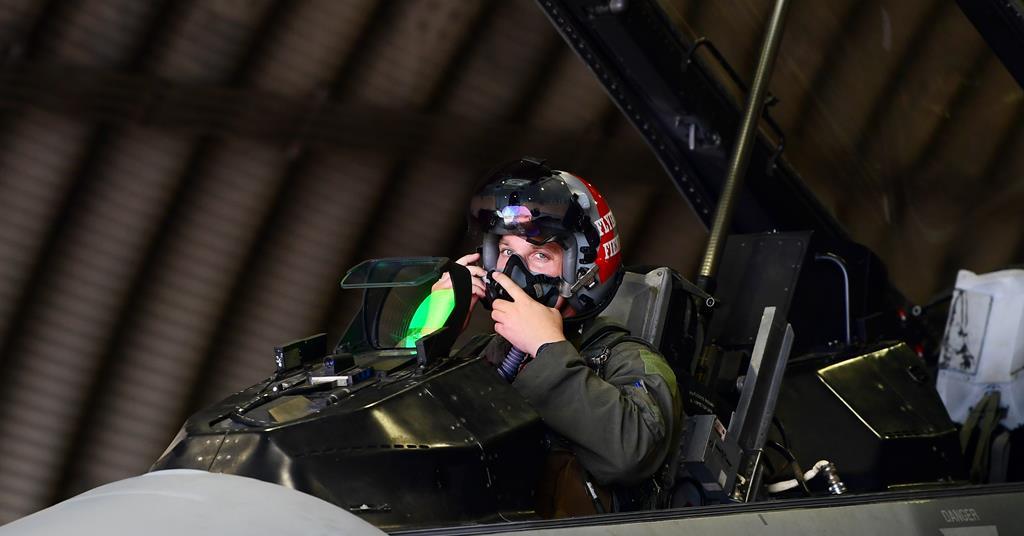My sincere apologies.
I forgot I was supposed to reply to this a while back, and only remembered it now.
There's a practical limit on how much yield you can get per unit of fissile material, especially when you're very limited in what you can do with the warhead geometry and you can't pile a hundred pounds of tritium-laced goop around it or anything. I would be surprised to learn that a "backpack nuke" can be made dramatically more powerful than the historical models supposedly were.
True that there's a practical limit.
I just think you underestimate how small they can get. I think they got it down into a hundred pounds or less for a low double digit nuke; I can't currently find my nuclear weapons compendium, so I cant swear to it. I'll just point at RL nuclear devices from the US arsenal, which while significantly bigger, are small enough to not be particularly cumbersome:
The W80 150 kiloton cruise missile warhead is about 290 pounds.
The old W76 100 kiloton warhead on a Trident D5 allegedly weighs about 360 pounds.
The W88 is 475 kilotons and less than 800 pounds
Aaand take note:
Operation Gladio was a 'stay-behind' campaign of sabotage. Much more limited objective than "smuggle a crippling nuclear second strike deep into enemy territory." Furthermore, all the nations where the nuclear demolition charges were notionally going to be cached were US allies that were themselves under Soviet threat, ensuring at least some degree of incentive for the third parties where the bombs were cached to cooperate- if not necessarily with the caching of nuclear weapons. No such incentive would exist for third parties near modern Russia to covertly house the NCR nuclear deterrent.
The aforementioned Soviet caches, meanwhile, may or may not have existed, and may or may not have ever been planned to contain nuclear weapons, and the risk of one or more such caches being discovered would always have been a major concern for the Soviets, especially if the caches contained nuclear weapons.
I am aware of all those things.
The point was that it was very much a facet of Cold War thinking.
And we are definitely deep in a Cold War this time around in this setting.
OK. First of all, this is a scene from a novel. Novels tend to dramatize everything and make 'brilliant schemes for winning with This One Neat Trick' seem more practical than they really are.
Second of all, note what is happening here. The Premier is tacitly threatening a nuclear FIRST strike. The subtext (I can read it very clearly from your description of the scene and from having read my Herman Kahn) is:
"Congratulations, you have deployed a laser battlestation that makes you immune to our missile technology, and forestalled our attempts to neutralize the battlestation. You have now rendered our strategic nuclear deterrent increasingly irrelevant, while your strategic nuclear forces will increasingly us at your mercy. As such, we no longer have the means to credibly threaten you with retalation. Therefore, it is to our advantage to strike now, while we still can, with every means at our disposal, in hopes of doing enough damage with a surprise attack to somehow forestall you from making your advantage over us even greater. And one of the means by which we can do so is by smuggling nuclear bombs into your territory."
In this context, the nuclear smuggling attack is a first strike. And it is critical here to understand the distinction between first and second strike threats.
Nuclear smuggling/terrorism is far more effective as a first strike weapon than as a second strike deterrent. Because if you're setting up for a first strike, your spies don't have to be loitering around with nuclear bombs cached in neutral or enemy territory for years at a time!
Yes, I'm aware that's fiction.
So is this.
My assessment of that was much the opposite actually. Not a threat of a first strike, but of a circumvention. An escalation in kind. Slower, less sure, more expensive nuclear deployments, with less centralized control, and more prone to accidents. Nuclear caches being one. Ignoring the Outer Space treaty and putting nukes and nuke-pumped weapons in orbit is another. More ICBMs in general. Undersea suicide drones with gratuitously large warheads for detonation off the sea coast. Going the full Teller and building a bunch of GNOMONs and SUNDIALs.
Basically, the KGB drum was just an illustration of the basic message: Your new defense only works under the current paradigm, and will force us into taking measures that neither of us will like.
Again, missing the point. The hard part here for the NCR isn't "smuggle the cached bomb into the enemy country."
The hard parts for the NCR are:
1) "Cache the bombs somewhere in neutral territory where it is convenient to smuggle them into enemy territory, and keep them there for years, when the neutral country has strong reasons NOT to want to be used as a ready-made launchpad for a nuclear terrorist attack against its powerful neighbor."
2) "Ensure that the enemy, despite diligent investigation, does not find any of the front organizations and supply caches you are using for this purpose."
3) "Ensure that at no point do any of your spy/smuggler teams get the wrong idea and decide to pull a General Ripper, launching a nuclear first strike, in a society where fanatical hatred of the enemy is common and perhaps even actively encouraged among your security forces as a whole."
4) "Make sure the enemy even knows you HAVE a nuclear deterrent or has good reason to think you do, without exposing your nuclear program in a way that makes it more practical for them to neutralize your deterrent capabilities."
That combination makes the threat of second-strike nuclear terrorism REALLY BAD as a deterrent against the prospect of a Russian nuclear first strike.
1) Not hard, given that Russia had just destabilized most of a continent.
There is a LOT of territory to cache stuff in under the radar. I mean, it is canon for this quest that some
motherfucker enterprising soul came into possession of, and was auctioning a nuke.
2) Russia in this AU does not have unlimited resources.And has closer threats to it's borders, frankly.
There's China, which splintered but didn't fall into anarchy, or lose the three to four digits of nuclear weapons they have. And the EU's nuclear deterrent, whether cribbed from the British and French arsenals, or from a "loan" by the pre-Pacific War California of a couple Virginia Block V attack submarines with 62 Tomahawk/Tomahawk-successors in each of their vertical launch tubes in exchange for economic aid.
Even with Alexei's bugbear about North America, theres only so much in the way of resources he could allocate here while trying to secure his hold elsewhere. Even with Imperial Japan's help.
And while Cali is a shared concern, the Japanese have their own problems much closer to home.
3) This is kinda how the British nuclear deterrent worked. Works, actually.
Each incoming PM writes a set of letters of last resort to the captains of Britain's nuclear subs, which are sealed and put in safes aboard ship.
The submarine captain would be set to listen for transmissions every couple days for reassurance that Britain was still there; BBC transmissions, particular TV and radio programs, that kind of thing.
If they stopped coming, open safe, read letter, follow instructions or own discretion.

en.wikipedia.org
Once they cast off, they're independent agents until they return to port.
The risk of renegades has always existed. The US didn't even invent PAL locks for it's nukes until the 1960s, and it wasn't until 1987 that every nuke was fitted with something that couldn't be broken with a pair of bolt-cutters. And there were rumors that the USAF, for example, deliberately set the PAL locks on the Minuteman ICBMs to zeroes just in case the codes would not be received at need.
4) That is up to the GM, of course.
But in a world where California had just watched Japan invade South Korea, and then invade Hawaii, BC and the upper Northwestern US, the actual likelihood of their giving up all their nukes was pretty much nil.
Long range delivery systems as a bargaining chip, sure.
But the "cross our northern border and we nuke you" option would have remained one way or the other, even if it wasn't advertised.
I don't think there is any real illusion on Alexei's part about that, any more than there is about Israel being nuked up.
Would he have planned to leave them with them? No.
I am fully willing to believe that his eventual intentions were to salami slice them into impotence, subverting their political structure and using the same internal destabilization tactics that worked on the Old Country in its time to defang what threat they had left.
But for whatever reason, it didn't work; Cali proved unexpectedly tough to subvert, the deep state went full Cold War Latin America, the Cali populace kicked out any pol who seemed too friendly to Russia, he couldnt spare the resources from his other projects, the resurgence of China refocused his attention, the spymaster who ran his North American ops died and his replacements was nowhere as good.
All of the above. None of the above. Take your pick.
Because I was late, here's a couple tech dumps:
Hypersonic private jets in development
Yekaterina Alexeyevna Romanova's personal jet said:
The US Air Force (USAF) has awarded Hermeus Corporation a $1.5 million contract to assess modifying the company's in-development Mach 5 jet into an aircraft for the future Presidential and Executive Airlift fleet.
Hermeus – a company named for Hermes, the Greek god of transport, and the country of the US – was founded in 2018 and is developing an engine for a M5 commercial passenger aircraft. The start-up says it has successfully tested an engine prototype in a wind tunnel simulating flight at M3.3 at 65,000ft.
That subscale prototype engine was built using an off-the-shelf turbojet used on various target drones and small personal aircraft. Hermeus declines to name the original engine or its thrust rating, but says it is capable of operating at around 533kt (988km/h) at a maximum altitude of about 25,000ft.
The off-the-shelf engine is modified to power hypersonic flight, says A J Piplica, chief executive and co-founder of Hermeus.
"We have a pre-cooler technology that we integrate to the front of the engine," he says. "We have a ramjet that we put on the back end. And the ramjet is what we used to get all the way up to M5, once we get to the M3 range."
Hermeus' commercial M5 aircraft would not differ too much from a USAF executive transport, Piplica says. The aircraft would have a 20-passenger capacity and a 4,000nm (7,410km) range.
The US Air Force has awarded Hermeus Corporation a $1.5 million contract to assess modifying the company's in-development Mach 5 jet into an aircraft for the future Presidential and Executive Airlift fleet.

www.flightglobal.com
The Robots Are Coming
The AI program, named "Falcon", defeated a senior fighter pilot and F-16 Weapons Instructor Course graduate, call sign "Banger", in a series of nearly flawless performances that took advantage of the computer program's ability to fly more precisely and aggressively. The F-16 pilot competing against the AI decided not to provide his identity for "operational security reasons", says DARPA.
"He's an experienced operational fighter pilot with more than 2,000 flight hours in the F-16, including combat time," says the research agency. The Falcon AI program was developed by defence contractor Heron Systems.
Prior to facing off against a human opponent, over the course of 18 and 19 August, Heron Systems' Falcon dispatched AI programs from seven other teams, including Aurora Flight Sciences, EpiSys Science, Georgia Tech Research Institute, Lockheed Martin, Perspecta Labs, PhysicsAI and SoarTech. Simulated F-16s, controlled by various AI programs, flew against each other in a number of different aerial combat scenarios.
The AI program, named "Falcon", defeated a senior fighter pilot and F-16 Weapons Instructor Course graduate, call sign "Banger", in a series of nearly flawless performances that took advantage of the computer program's ability to fly more precisely and aggressively.

www.flightglobal.com
Yeah, there was a competition. Livestreamed on Youtube.
The video of the finals is still there.
Its a long way off yet. But you can see it on the horizon.
Hypersonic military aircraft engines
The service wants these hypersonic demonstrators to have advanced air-breathing jet engines at their core.

www.thedrive.com







